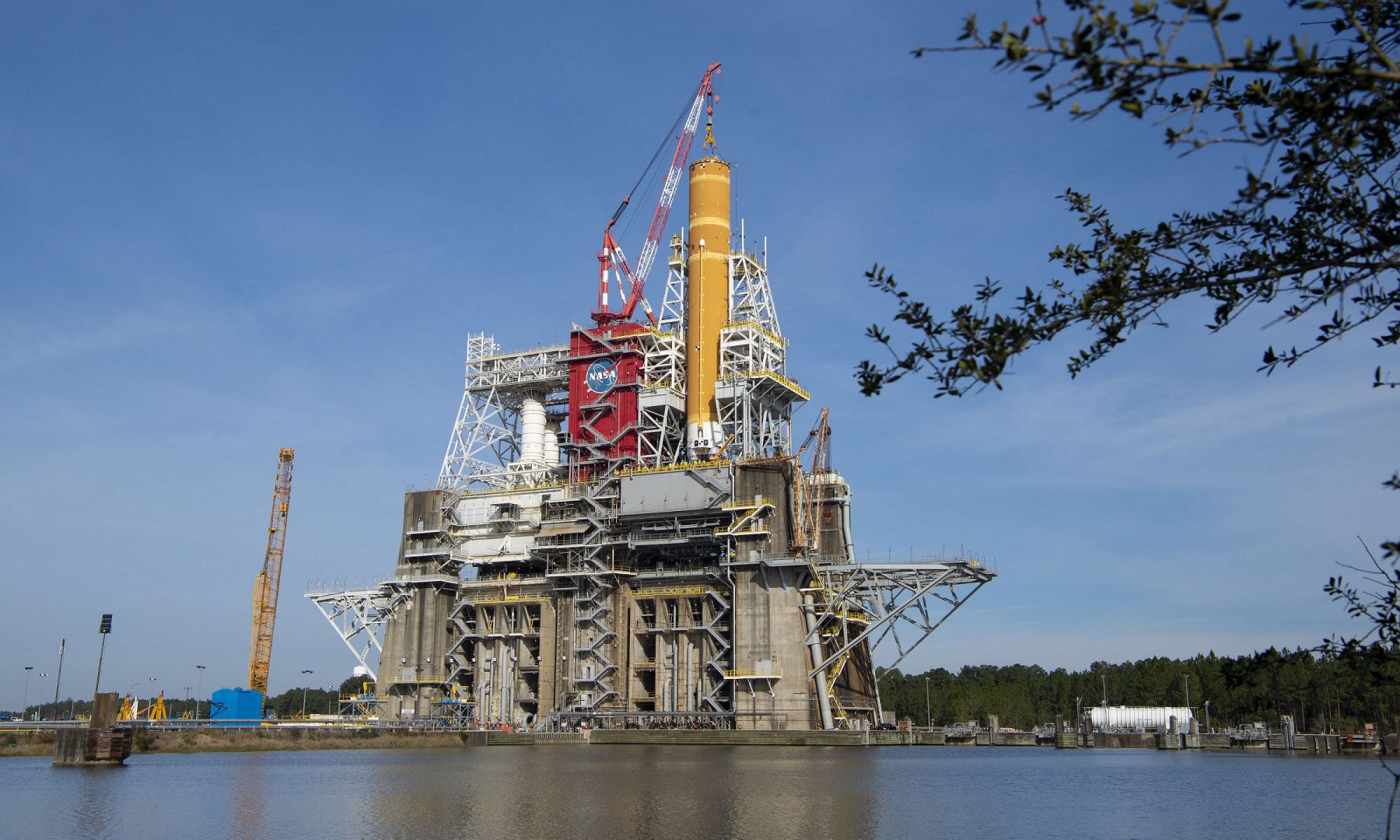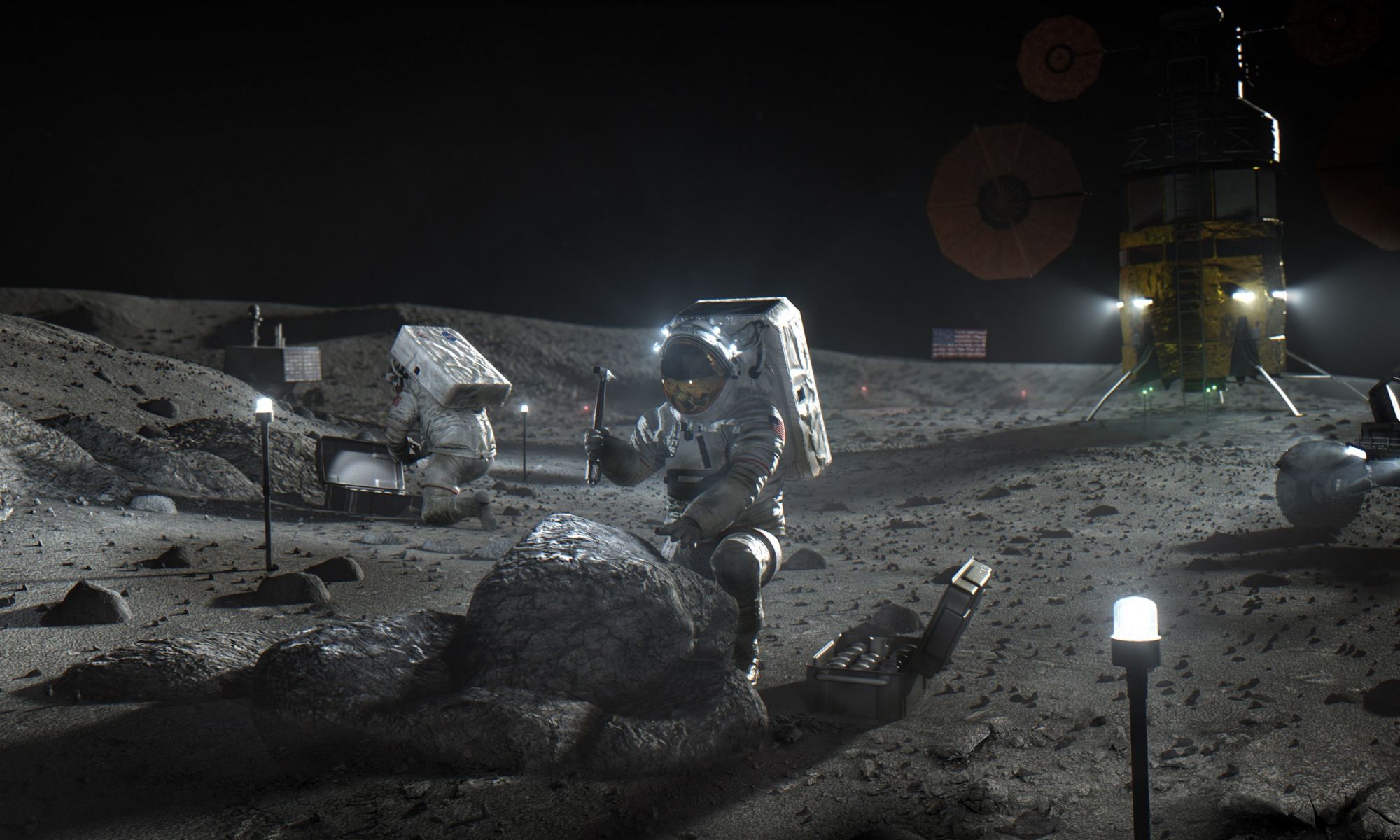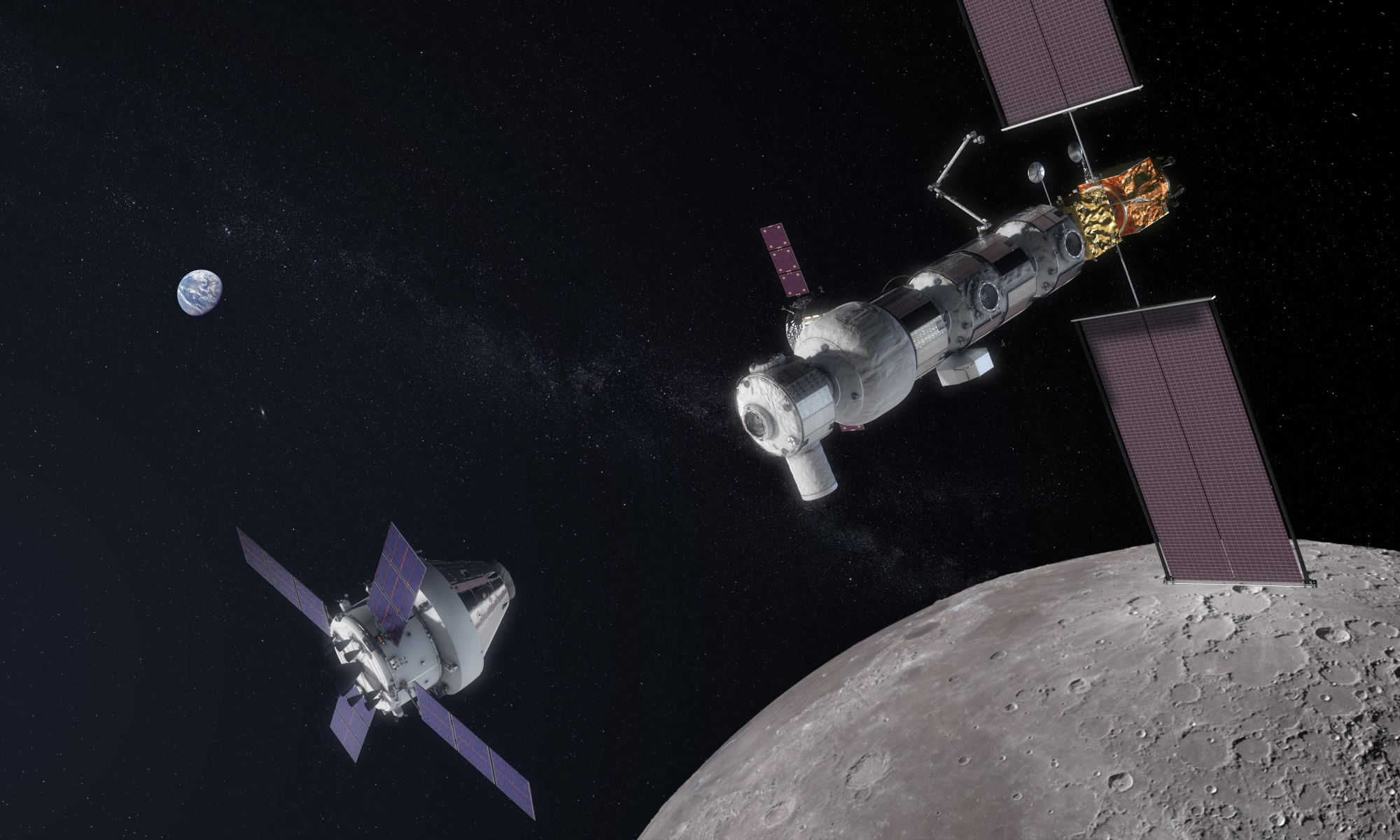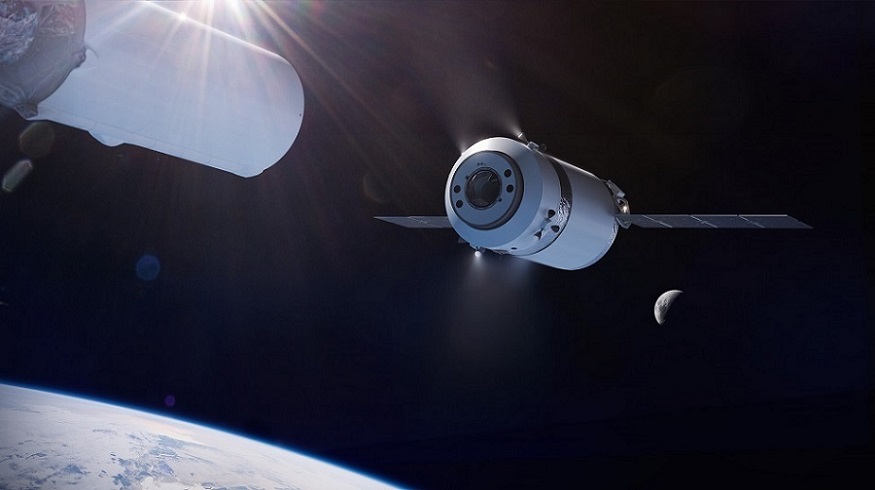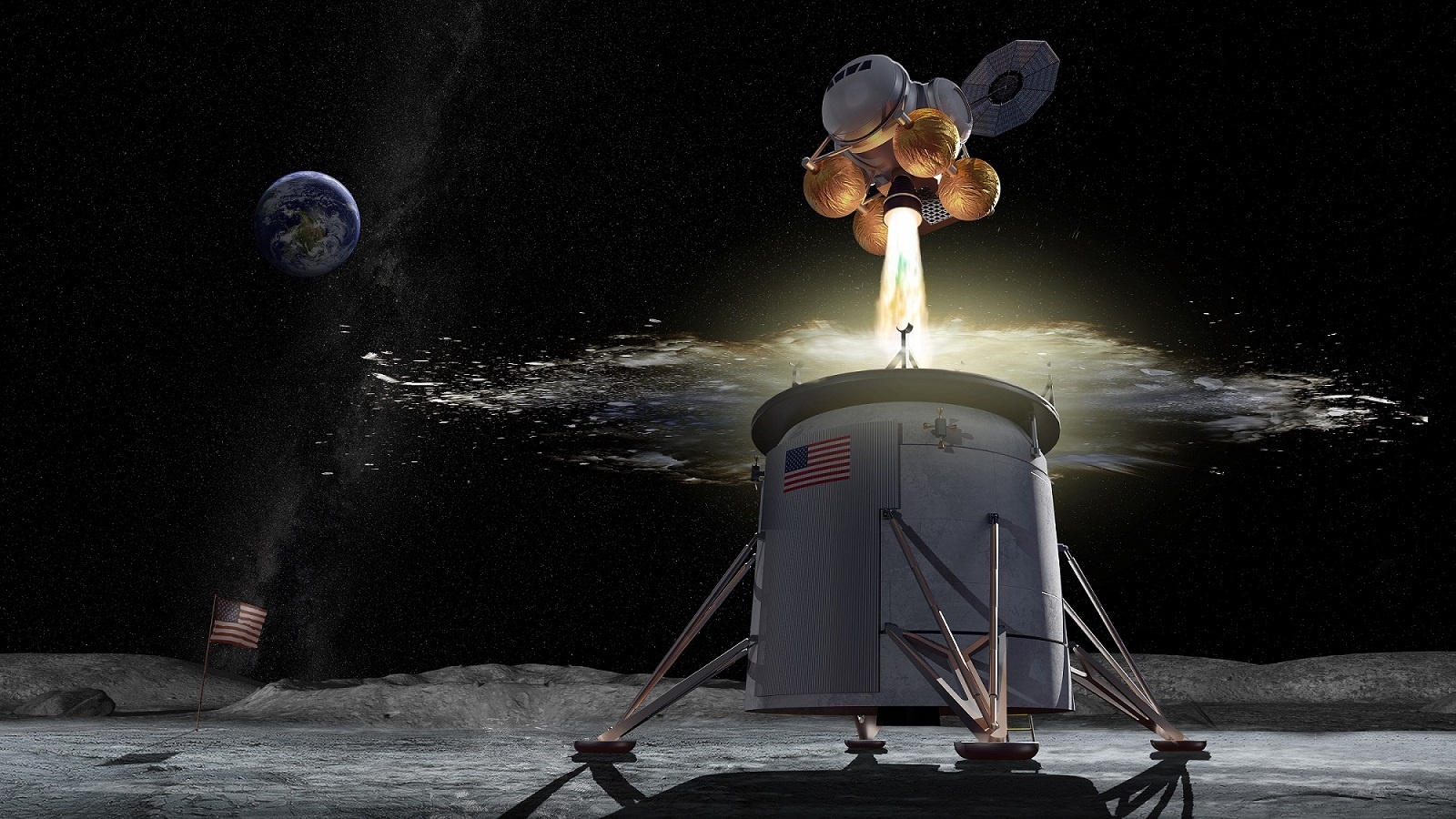Before this decade is out, NASA plans to send astronauts to the Moon for the first time since the Apollo Era and establish a sustainable program of lunar exploration. In order to ensure that future lunar missions are cost-effective and not entirely dependent on Earth for resupply, NASA is looking for ways to leverage lunar resources – everything from water ice to oxygen-rich regolith – to meet their astronauts’ needs.
This process, known as In-Situ Resource Utilization (ISRU), is a major part of NASA’s plans to explore the Moon in the coming years, as well their long-term plans to send astronauts to Mars. To help them meet this challenge, NASA recently selected 10 proposals through its Small Business Innovation Research (SBIR) and Small Business Technology Transfer (STTR) program to developed ISRU-related technologies.
Continue reading “NASA Chooses 10 Projects that Will Help it Live Off the Land… on the Moon”

